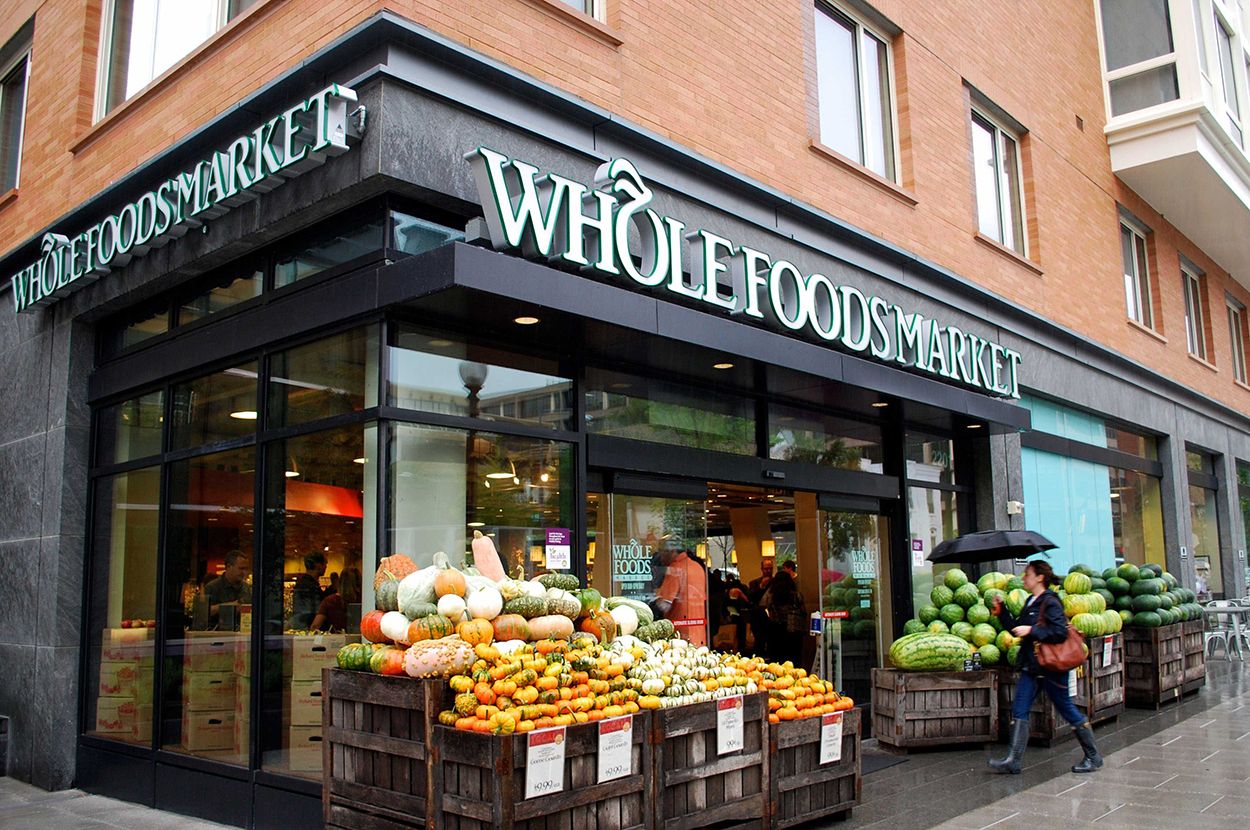
With changing health dynamics and pollution on the rise, consuming food with less exposure to pesticides is being considered an impetus for sustainable consumption. The organic food sector is steadily growing thanks to millennial consumers, with an unprecedented surge in sales over the past few years.
By Viraj Desai
Organic farming methods augments biodiversity and sustainability. The difference between organic farming and conventional farming lies in methodology during the entire life-cycle of the food production process.
Organic farming claims to be more sustainable; increasing soil and plant biodiversity and better air quality. Some organic farming studies have claimed that this type of agriculture yields almost 35 percent more profit than conventional farming.
Additionally, it increases rural employment opportunities as organic management is more labour intensive than conventional practices. The trend of organic and community-based farming is growing in popularity globally.
India, a country with a population of over a billion and is the fastest growing globally, has two developments taking place simultaneously. On the one hand, the country is expanding its agricultural production and on the other, the burgeoning middle class is spending more in the organic health foods sector.
This is leading to an increased demand for organic food, which is expected to reach USD 1.36 billion by 2020 up from USD 1 billion in 2016, a growth rate of 25 percent. India is also the second largest exporter of organic food after China. According to a recent report by industry body ASSOCHAM and consulting firm, Ernst & Young, the Indian organic market is a niche concept with just 835,000 organic producers, 699 processors, 669 exporters and 1.49 million hectares under organic cultivation.
Considering the vast agricultural population, the land under organic cultivation is barely 0.5 percent, leaving immense scope for expansion. States like Madhya Pradesh, Maharashtra and Rajasthan lead the organic production race. Some market leaders in the sector include: Organic India, 24 Mantra, Organic Garden, Conscious Food and Organic Tattva.
The US is currently the largest market for organic food; it exports products to over 87 countries globally, with robust sales of USD 43 billion, a surge of over 8.4 percent over the previous year. It is also a largest consumer itself, with 5.3 percent of the total retail food sales generated from organic products. Some of the best-known US-based organic producers include: Urban Organics, Earth’s Best Organics (part of Hain Celestial Inc, US); Wildwood, Amy’s Kitchen, Big Tree Farms and Organic Valley...
...to read more, visit https://indvstrvs.com/organic-food-sector-blossoms-across-all-regions/
Hi, we have voted on your post because you have posted your article to either food, recipe, recipes, cooking or steemkitchen #tag. Steemkitchen is a brand new initiative where we want to build a community/guild focused purely on the foodie followers and lovers of the steem blockchain. Steemkitchen is in the conceptual phase and we would love to hear your thoughts and ideas.
Please consider joining us at our new discord server https://discord.gg/XE5fYnk
Also please consider joining our curation trail on https://steemauto.com/ to help support each other in this community of food and recipe lovers.
Kind Regards
@steemkitchen
Downvoting a post can decrease pending rewards and make it less visible. Common reasons:
Submit
Thank you for your support @steemkitchen We look forward to reading your articles in our feed.
Downvoting a post can decrease pending rewards and make it less visible. Common reasons:
Submit